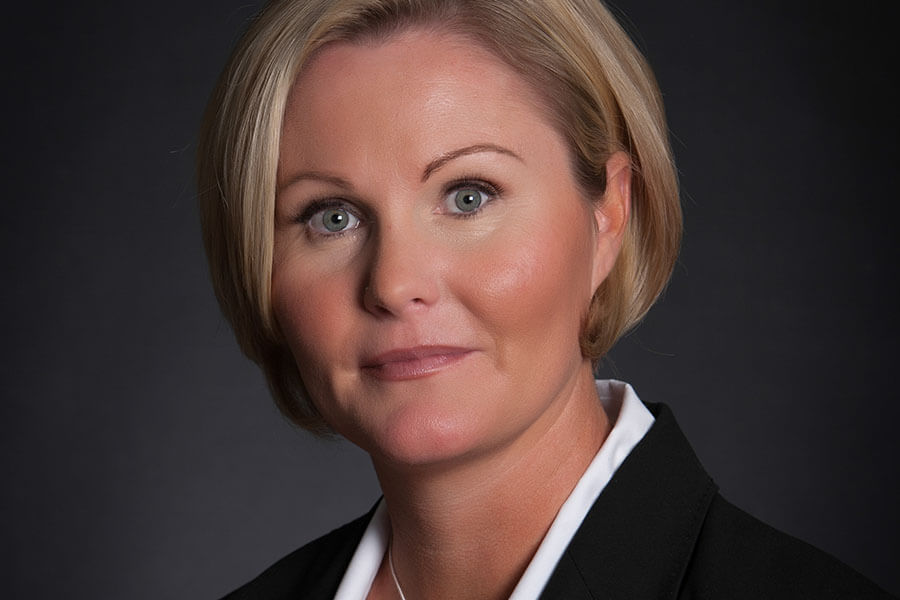Impacts of Invisibility on Military Veteran Women
 When I was a Marine, I remember being told I should never walk around our base in Iraq alone. Would you believe that it didn’t even seem strange at the time?
When I was a Marine, I remember being told I should never walk around our base in Iraq alone. Would you believe that it didn’t even seem strange at the time?
Today, I’m a public health researcher. I try to figure out how to make the process of transitioning from solider to civilian easier for military women. It is a job I care about deeply because I personally recognize the health issues that come along with transition struggles. I believe that the biggest barrier to making it less of a struggle is that women veterans are invisible.
We joke in the Marine Corps about “drinking the Kool-Aid,” which simply means thoroughly embracing the culture and lifestyle. Everything is intense, and we are demanding of one another and ourselves. This is especially true for women. We make up only about 7% of the Marines. Because there are so few of us, one represents all, and the standards we are held to are brutal. We cannot make mistakes.
When it was time to leave active duty and go back to school and become what I considered “a normal woman” again, I thought it would be a breeze.
It wasn’t.
When I left the Marine Corps, I had a hard time carving a new identity for myself. I got in my own way some of the time. I was young. I was intense. I pushed myself hard and knew how to press the gas but never the brake. This serves a lot of us well for a period of time. But what happens when you never turn the intensity off?
I didn’t know where to turn for a new social support system outside the active duty military. I didn’t feel that I fit in anywhere, particularly in the veteran community. I wasn’t going to tell jokes with the older vets at the local Veterans of Foreign Wars bar. Civilian settings didn’t feel any better — I didn’t have much in common with the women in local women’s organizations.
I was weird.
The very word veteran calls to mind the image of a man for most people, especially when you’re talking about a combat veteran. But there are over 1.6 million women veterans in the United States.
Women veterans share many of the exact same concerns of our male colleagues; yet we also face unique issues, especially when it comes to accessing services after we leave active duty. We also leave the military with less social support, a very important protective factor for human health. I can’t help but think that these obstacles contribute to the rising rate of suicide among women veterans.
Yet, military women offer some of the best examples of resilient leadership out there. We are overrepresented among small business owners, our college graduation rates are high, and we are politicians, like Senator Tammy Duckworth. I know women veterans who left the service with physical injuries and a history of having been assaulted who went on to start businesses and nonprofits that try to help other warriors get the services they never did. A woman Marine started the Service Women’s Action Network to advocate for needed policy changes — it’s the only advocacy group in the country for active duty and veteran women.
I think that mental health issues in the women veteran community are as much about cohesion and support as they are about access to great treatment, so I ask you to see us. Hire us. Make space in veterans’ organizations, on your campuses, in your VA hospital. Recognize our experiences and unique needs and care enough about them to have us at the table when you’re planning your next veteran outreach project.
Military women are some of the most resilient people you’ll meet. You can change what it’s like for us to go from military to civilian life and our health outcomes if you help make us visible.

